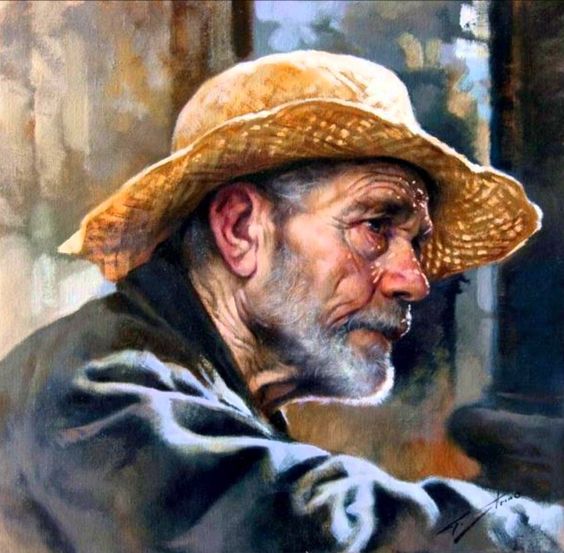Painting portraits can be tricky. You have to think about the subject, their background, and all the other details too. The painting process is the same whether you’re working on a simple painting of a person or a complex portrait with multiple layers of different colors. In this article, professional artist Jacob Farkas will share some tips on how to get the colors right in your portraits. From understanding skin tones to painting faces, this article has everything you need to know about painting portraits.

Understanding Skin Tones
All people vary in skin tones, so when painting a portrait, it’s important to understand how skin tones will affect your painting. Skin tones can be broken down into a few categories: warm, cool, and neutral. Each category comes with its own shades, which are often represented by different colors. You can think of warm skin tones as oranges, reds, and yellows. Cool tones are blue-greens and blues. Neutral tones are often beige or white, and they make a person look more “aged.” But don’t be afraid to mix colors to create your own shade.
Painting Faces
Challenging, right? Painting portraits is all about capturing the essence of your subject. When you’re painting a portrait, you don’t want the colors to match the background too closely. The colors should be added to the background, not taken away from it, explains Brooklyn painter Jacob Farkas.
You want to create the illusion of depth in your portrait. To create this illusion, you need to understand how light works in a portrait. The subject should be the main source of light in your portrait. When painting the subject, you’re also adding highlights and shadows to create depth.
Finding the Right Background
You don’t have to have a white background in your portrait. You can have a color background as long as it complements the skin tones of your subject. It’s also important that the background is clean. If you have a messy background, it can make it difficult to focus on the subject. You want to make sure the background is clutter-free, so you can clearly focus on your subject. If you’re using a white backdrop, Jacob Farkas recommends that you add color to it with a drop cloth or a pillow. You can also use a white paint pen to add highlights to your subject. And remember, the more you add to the background, the less you should take away from it.
Tips on How to Paint Hair
When painting hair, you want to pay attention to light and dark areas. Dark areas of hair should be painted with a dark shade of color, while the light areas can be painted with a light color. Highlights in hair can also be painted with a light color, since they will be more subtle than the highlights on the face. Use your brush to create texture in the hair and to blend colors. Remember that portraits are about capturing a person’s essence. Make sure your subject looks happy, confident, and comfortable in their skin. And remember to keep your paintbrush light when painting hair. If you use too much paint, you can get big brush strokes that make it look like the subject has bad hair days.
Conclusion
Now that you’re a pro at painting portraits, it’s time to put these skills to use. You can use your painting skills in so many ways. You can paint portraits for birthdays, for couples, for families, for friends, or for yourself. You can also paint portraits for charity or for events, like a corporate event or a wedding. The possibilities are endless, so get creative! For a simple yet stunning painting, try painting a person’s eyes. A person’s eyes are the most expressive part of their face, so they should be the focus of your painting. You can also try painting the word “love” on your canvas. This is a simple way to add a personal touch to your painting and to remind your subject that they are loved. With these tips, you can paint any portrait you want.